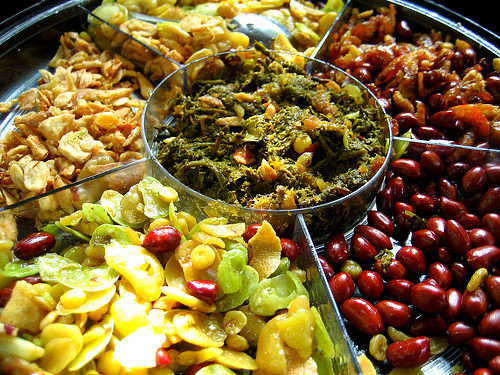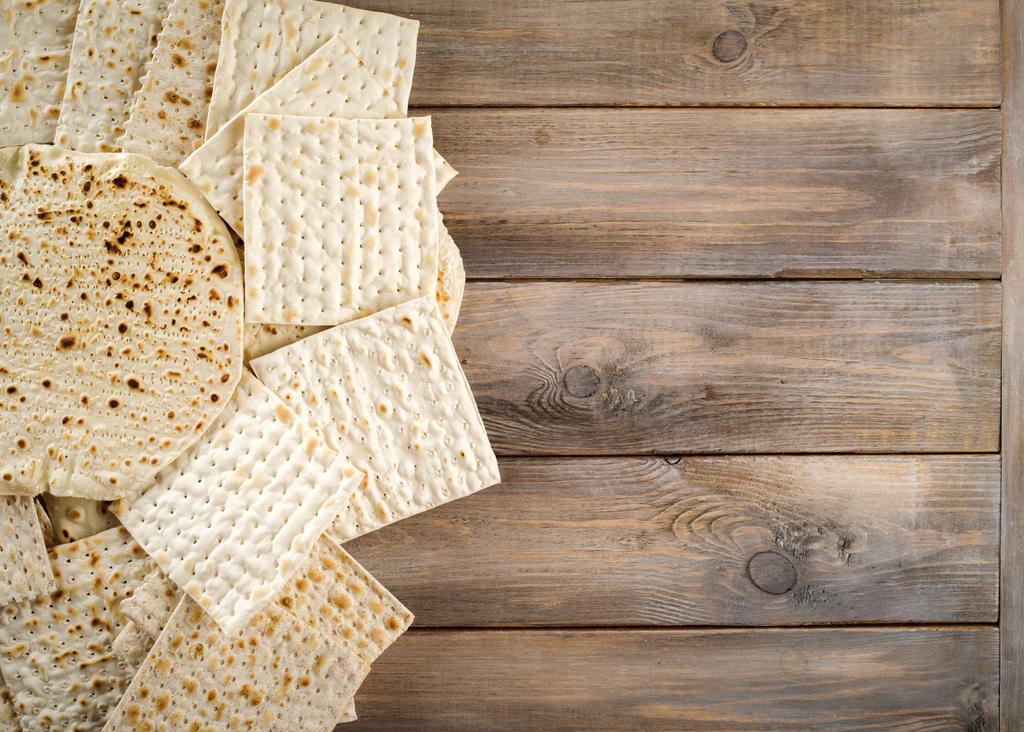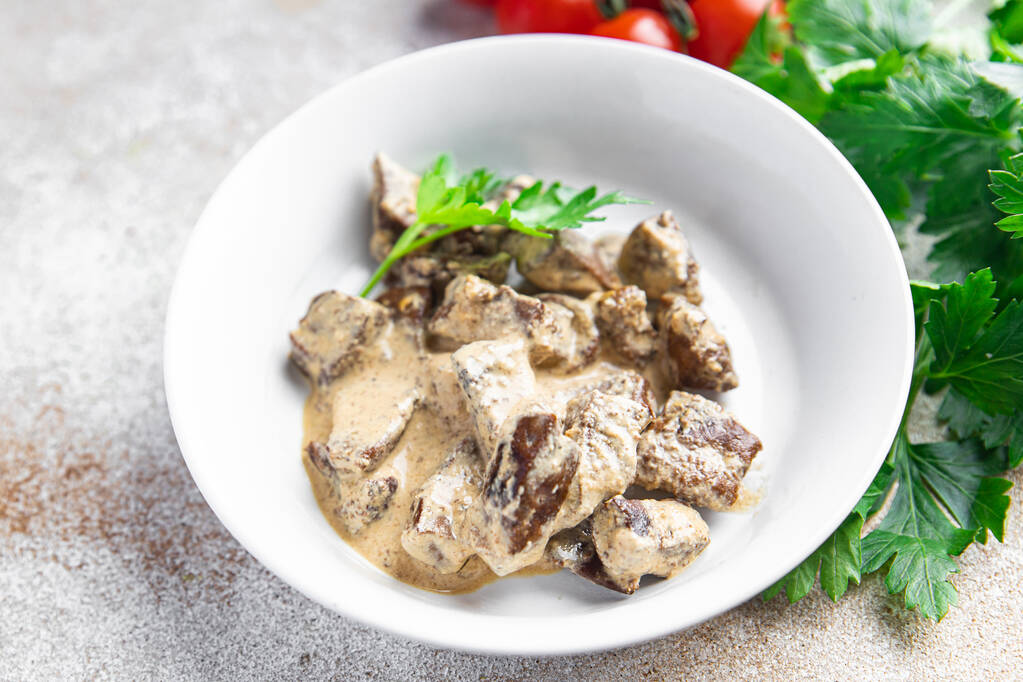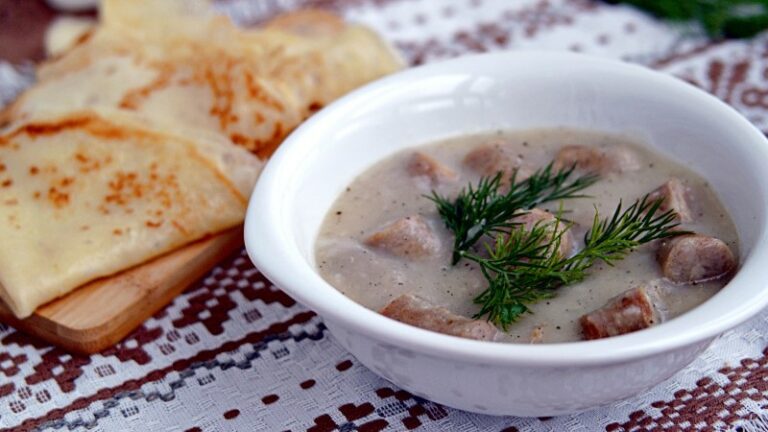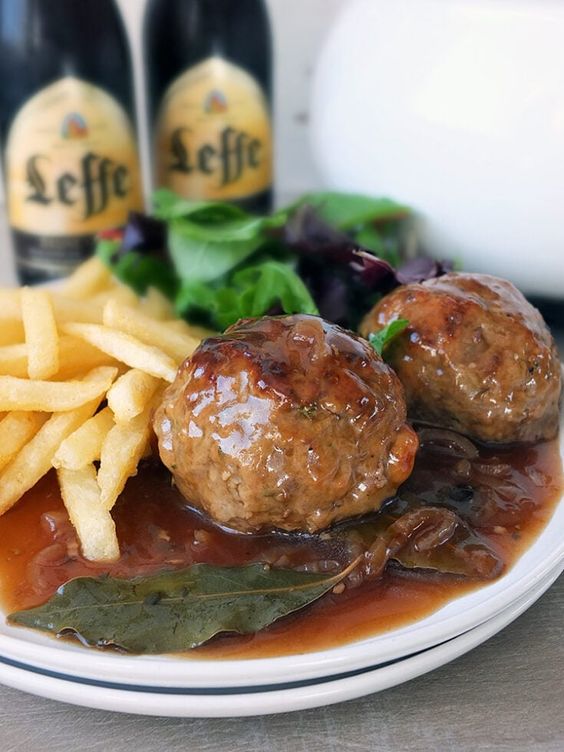Introduction: What is Andorran cuisine?
Andorran cuisine is the combination of Catalan, French, and Spanish cooking traditions. It has a unique identity of its own, influenced by the country’s geography and its cultural and religious diversity. The cuisine is characterized by the use of fresh ingredients and simple cooking techniques, with a focus on hearty portions and full-of-flavor dishes.
Andorra is a small country located in the Pyrenees Mountains between France and Spain. Its cuisine is predominantly meat-based, with pork being the most commonly used protein. Additionally, Andorra’s cuisine is known for its hearty stews, grilled meats, fresh fish, and vegetables. The cuisine is not commonly known for its use of spices, but rather for its use of herbs like thyme and rosemary, which are plentiful in the mountainous region.
Religious Influences on Andorran Cuisine
Andorra is a country that values religious diversity. The two dominant religions in the country are Christianity and Islam. This diversity has influenced the country’s cuisine, with a range of halal and kosher food options being available in many restaurants. Additionally, many traditional Andorran dishes, such as escudella (a hearty stew), are made with pork, which is forbidden in both Muslim and Jewish dietary laws.
Andorra’s Geography and Its Impact on Its Cuisine
Andorra’s geography has played a significant role in shaping its cuisine. The country’s mountainous terrain has made it challenging to grow crops, resulting in a heavy reliance on imported food items. This has led to a cuisine that is heavily focused on meat-based dishes, particularly pork, which can be preserved for extended periods. The country’s terrain has also influenced the cooking methods used in Andorran cuisine. Grilling and roasting are common cooking techniques, while baking and frying are less common.
Traditional Andorran Dishes and Ingredients
Traditional Andorran dishes include escudella, a hearty stew made with pork, potatoes, chickpeas, and a variety of other vegetables. Trinxat is another popular dish, made with cabbage, potatoes, and bacon. Other traditional dishes include cannelloni, grilled rabbit, and fideuà, a type of seafood paella made with short, thin noodles instead of rice. The cuisine also includes a variety of cured meats, such as llonganissa, a type of sausage, and xolís, a type of black pudding.
Dietary Restrictions in Andorran Cuisine
Andorra’s cuisine is not inherently restrictive, but there are some dietary restrictions to consider. Many traditional dishes contain pork, which is forbidden in Muslim and Jewish dietary laws. Additionally, many Andorran dishes are meat-heavy, which may not be suitable for vegetarians or vegans. However, many restaurants in Andorra offer vegetarian and vegan options, as well as halal and kosher food options.
Halal and Kosher Food Options in Andorra
Due to the religious diversity in Andorra, many restaurants offer halal and kosher food options. Some restaurants even specialize in these options, making it easy for those with dietary restrictions to find suitable meals. However, it is always best to check with the restaurant beforehand to ensure that their food is prepared in accordance with religious dietary laws.
Vegetarian and Vegan Options in Andorran Cuisine
While Andorran cuisine is heavily focused on meat-based dishes, many restaurants offer vegetarian and vegan options. These options may include dishes made with fresh vegetables, legumes, or tofu. Additionally, some restaurants may be willing to modify traditional dishes to suit vegetarian or vegan diets.
Gluten-Free Options in Andorran Restaurants
Many Andorran restaurants offer gluten-free options, catering to those with celiac disease or gluten intolerance. These options may include gluten-free bread, pasta, or even traditional Andorran dishes modified to be gluten-free. It is always best to check with the restaurant beforehand to ensure that their gluten-free options are prepared in a safe and suitable manner.
In conclusion, while Andorran cuisine may not be known for its dietary restrictions, there are a variety of food options available for those with specific dietary needs. From halal and kosher options to vegetarian and gluten-free options, Andorra’s diverse culinary scene offers something for everyone.



